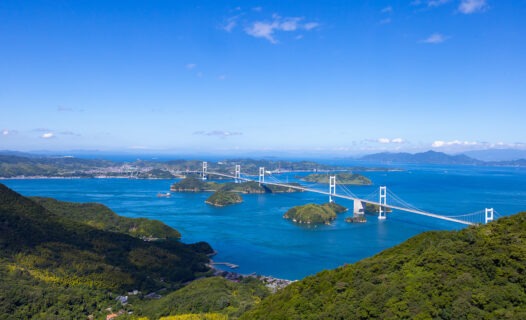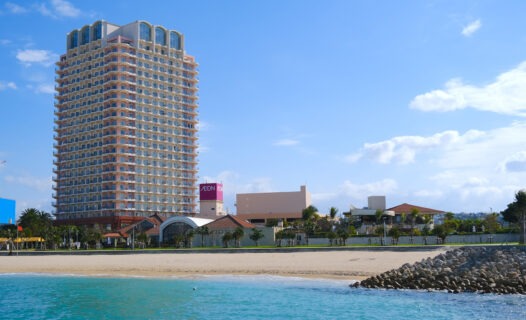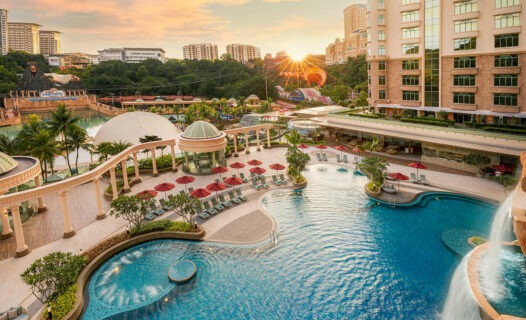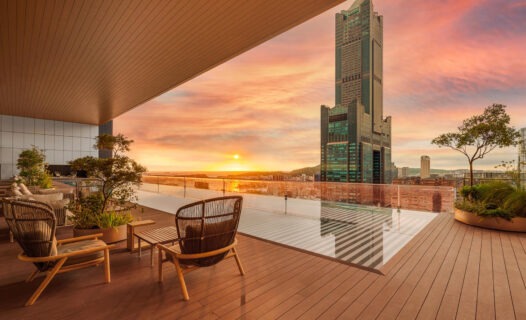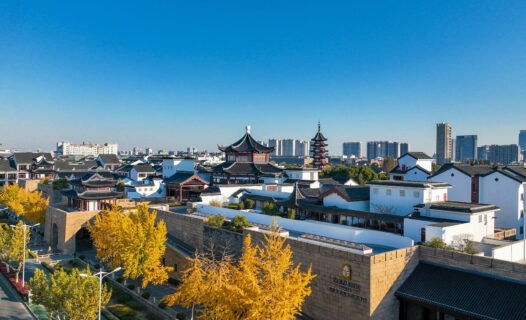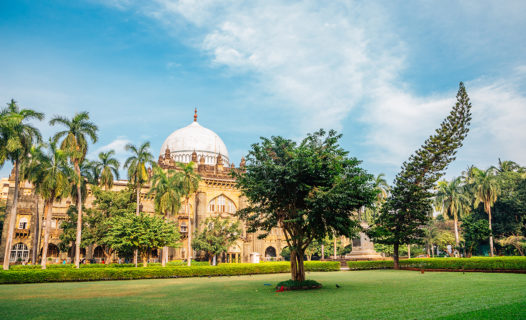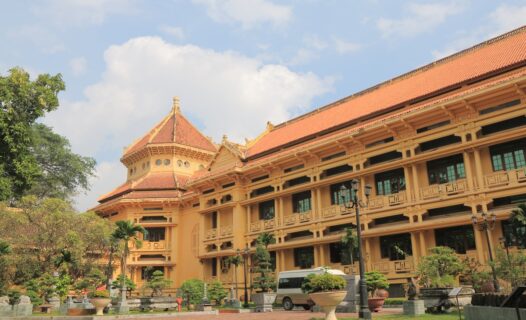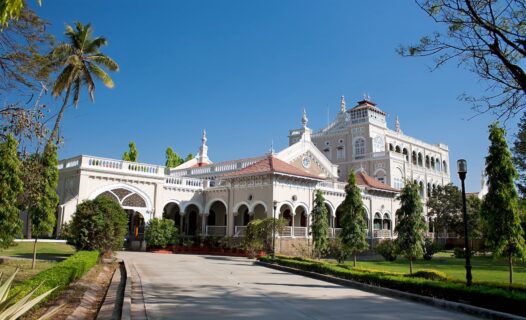Introduction
Welcome to the enchanting world of the White Temple, or Wat Rong Khun, a breathtaking masterpiece nestled in the heart of Chiang Mai, Thailand. This unique attraction is not just a temple; it’s a stunning fusion of art, culture, and spirituality that captivates every visitor who steps through its gates. The White Temple stands as a testament to the creativity and vision of its creator, Chalermchai Kositpipat, and offers an experience that is as thought-provoking as it is visually stunning.
Discovering the White Temple: A Visual Feast
From the moment you catch your first glimpse of the White Temple, it’s hard not to be mesmerized. The gleaming white facade, adorned with intricate mirror mosaics, sparkles in the sunlight, reflecting the beauty of the surrounding landscape. As you approach, you’ll notice the fantastical sculptures that line the paths—each telling a story, each a piece of art in its own right. The temple’s architecture is a captivating blend of traditional Thai style and contemporary artistry, making it one of the most remarkable Chiang Mai attractions.
Visitors often describe their first impressions as surreal, with many feeling a profound sense of peace and wonder. One traveler, Sarah, shared, "Walking through the gates felt like stepping into another world. The beauty was overwhelming, and I found myself lost in the details." Another visitor, Mark, remarked, "The way the sunlight hits the temple creates a magical aura. It’s unlike anything I’ve ever seen!" This emotional connection to the temple is what makes Wat Rong Khun a must-visit destination for anyone traveling to Thailand.
The interior of the temple is just as captivating, featuring murals that blend traditional Buddhist themes with modern pop culture references. This juxtaposition of old and new invites visitors to reflect on the complexities of life and spirituality. As you wander through, take a moment to absorb the artistry and the messages behind the stunning visuals—each brushstroke is a piece of a larger narrative.
With its dazzling architecture and profound symbolism, the White Temple is truly a feast for the senses. Whether you’re an art lover, a culture enthusiast, or simply someone looking to experience the spiritual side of Thailand, Wat Rong Khun promises an unforgettable adventure.
Historical Context: The Story Behind Wat Rong Khun
Every masterpiece has a story, and the White Temple is no exception. Constructed in 1997 by the visionary artist Chalermchai Kositpipat, Wat Rong Khun is a contemporary take on traditional Buddhist temples. Unlike many ancient temples in Thailand, this one is a living, breathing work of art that continues to evolve. Kositpipat’s intent was not only to create a stunning visual experience but also to convey profound messages about life, death, and the pursuit of enlightenment.
One of the most fascinating aspects of the White Temple is its symbolism. The gleaming white exterior represents purity, while the mirrored mosaics symbolize the reflection of the mind. As you stroll through the temple grounds, you’ll encounter sculptures that depict various themes, including the battle between good and evil. For instance, the bridge leading to the temple features hands reaching up from the ground, representing unfulfilled desires and the suffering of humanity. This unique fusion of artistry and spirituality sets Wat Rong Khun apart from other unique temples in Thailand.
Did you know that the temple is still under construction? Kositpipat plans to expand the site with additional structures that will further illustrate his artistic vision. This ongoing development invites visitors to witness the evolution of the temple firsthand, making each visit a unique experience. As art enthusiasts and spiritual seekers alike flock to this captivating site, the White Temple continues to inspire and provoke thought, solidifying its place as one of the most remarkable Chiang Mai attractions.
Planning Your Visit: Tips for Exploring the White Temple
Ready to experience the magic of the White Temple? Here are some handy tips to make your visit as enjoyable as possible:
Best Times to Visit
The best time to visit Wat Rong Khun is early in the morning or late afternoon. This not only helps you avoid the crowds but also allows you to witness the temple bathed in the golden light of sunrise or sunset, creating stunning reflections on its surface. If you’re a photography enthusiast, this is your golden hour!
Dress Code
As with any religious site, it’s important to dress respectfully. Ensure your shoulders and knees are covered. Light, breathable clothing is ideal for the warm Thai climate, but don’t forget to bring a light shawl or jacket for when the sun sets.
Photography Tips
Bring your camera and be ready to snap some breathtaking shots! The temple’s reflective surfaces provide endless opportunities for stunning photographs. Just be sure to be respectful of others and avoid using tripods, as they can obstruct pathways.
Avoiding Crowds
Weekdays are generally less crowded than weekends, so if your schedule allows, plan your visit during the week. Also, consider visiting during the off-peak season (July to October) for a more tranquil experience.
A Day Itinerary: Chasing Reflections at the White Temple
Planning a day trip from Chiang Mai to the White Temple? Here’s a suggested itinerary that will make your visit unforgettable:
Morning: Departure from Chiang Mai
Start your day early! Grab a delicious breakfast at one of Chiang Mai’s local cafes, then head out. The White Temple is about a 2-hour drive from the city, so consider renting a car or booking a guided tour for convenience. Enjoy the scenic ride as you pass through lush landscapes and charming villages.
Mid-Morning: Arrival at Wat Rong Khun
Upon arrival, take a moment to soak in the stunning views. Spend time wandering through the temple grounds, admiring the intricate details of the architecture and the surrounding gardens. Don’t forget to capture those perfect white temple reflections in your photos!
Lunch: Local Delicacies
After exploring, head to a nearby restaurant to enjoy some traditional Thai cuisine. Look for local dishes like khao soi (a coconut curry noodle soup) or som tam (spicy papaya salad) to fuel up for the afternoon.
Afternoon: More Exploration
Post-lunch, consider visiting nearby attractions such as the Black House Museum (Baan Dam) or the serene Wat Huay Pla Kang, known for its gigantic white statue of Guanyin. These sites offer a different perspective on Thai culture and artistry.
Evening: Return to Chiang Mai
Head back to Chiang Mai in the early evening. If you have time, stop by the Chiang Mai Night Bazaar for some shopping and to sample street food. This vibrant market is a perfect way to wrap up your day!
Culinary Delights: Food and Drink Around the White Temple
What’s a trip without some delicious food? The area surrounding the White Temple has some fantastic dining options that will tantalize your taste buds!
Local Eateries
Don’t miss out on trying local specialties. Look for eateries that serve northern Thai dishes. One popular spot is Chada Café, known for its cozy atmosphere and scrumptious menu. Try their larb (spicy minced meat salad) and wash it down with a refreshing Thai iced tea!
Hidden Gems
If you’re feeling adventurous, explore the local markets for street food. Vendors often serve up delicious snacks like grilled skewers and sticky rice with mango. It’s a great way to sample authentic flavors and immerse yourself in the local culture.
Festivals and Events: Experiencing Cultural Celebrations at the White Temple
Visiting the White Temple during a festival can enhance your experience tenfold! Various events are held throughout the year, showcasing the rich culture of the region.
Songkran Festival
One of the most famous festivals in Thailand is Songkran, the traditional Thai New Year celebrated in April. During this time, the temple comes alive with water festivities, music, and cultural performances. It’s a joyous occasion where locals and tourists alike participate in water fights and rituals to cleanse and welcome the new year.
Art Exhibitions
Keep an eye out for art exhibitions held at the temple. These events often feature local artists and showcase a blend of traditional and contemporary art forms, allowing visitors to engage with the local creative community.
Practical Information for Travelers: Essential Tips and Guidelines
Before you head to the White Temple, here are some essential tips to keep in mind:
Opening Hours
Wat Rong Khun is open daily from 8:00 AM to 6:00 PM. It’s best to arrive early to avoid the crowds and enjoy a peaceful experience.
Entrance Fees
There is a small entrance fee to visit the temple, which helps fund its ongoing construction and maintenance. Be sure to have some cash on hand, as card payments may not be accepted.
Accessibility
The temple is generally accessible for visitors with mobility challenges. However, be prepared for some uneven surfaces and stairs. If you need assistance, staff members are usually available to help.
Sustainable Tourism: Respecting the White Temple and Its Surroundings
As a visitor, it’s important to practice sustainable tourism while exploring the White Temple. Here are some tips to ensure your visit is respectful and environmentally friendly:
Leave No Trace
Always dispose of your trash properly and refrain from littering. This helps maintain the beauty of the temple and its surroundings for future visitors.
Support Local Artisans
Consider purchasing souvenirs from local artisans rather than mass-produced items. This not only supports the local economy but also ensures that you take home a unique piece of Thai culture.
Outdoor Activities: Exploring Nature Around the White Temple
If you’re a nature lover, there are plenty of outdoor activities to enjoy around the White Temple. Here are a few suggestions:
Scenic Walks
Take a leisurely stroll around the temple grounds. The serene gardens and tranquil ponds provide a perfect backdrop for reflection and relaxation.
Nearby Parks
Consider visiting Singha Park, located just a short drive away. This expansive park features beautiful landscapes, cycling paths, and even a tea plantation. It’s a great spot for a picnic or a leisurely bike ride!
Shopping and Souvenirs: What to Buy Near the White Temple
Looking to take home a piece of your adventure? Here are some shopping tips for souvenirs near the White Temple:
Local Markets
Check out the local markets for unique handicrafts, such as handmade jewelry, textiles, and art pieces. Bargaining is common, so don’t hesitate to negotiate for a better price!
Authentic Souvenirs
Look for items that reflect the local culture, like traditional Thai handicrafts or artwork inspired by the White Temple. These make for meaningful keepsakes that tell a story.
Transportation Tips: Getting to the White Temple from Chiang Mai
Getting to the White Temple from Chiang Mai is relatively straightforward. Here are some transportation options:
Private Car or Taxi
The easiest way to reach the temple is by hiring a private car or taxi. This option allows you to travel at your own pace and explore nearby attractions along the way.
Public Transport
If you’re on a budget, consider taking a public bus or minivan from Chiang Mai to Chiang Rai. From there, you can catch a local taxi or songthaew (shared taxi) to the temple.
Seasonal Insights: Best Times to Visit the White Temple
Understanding the seasonal variations can help you plan your trip effectively:
Weather Considerations
The best times to visit are during the cool season (November to February) when the weather is pleasant. Avoid the rainy season (July to October) if you prefer to explore without the chance of sudden downpours.
Visitor Traffic
Keep in mind that weekends and holidays tend to attract larger crowds. If you can, plan your visit during the week for a more peaceful experience.
Safety and Health Guidelines: Ensuring a Smooth Visit
Your safety and health are paramount while visiting the White Temple. Here are some guidelines to keep in mind:
Health Precautions
Stay hydrated, especially during the hot months. Carry a bottle of water and apply sunscreen to protect yourself from the sun.
Emergency Contacts
Familiarize yourself with local emergency contacts and services. It’s always a good idea to have a plan in case of unexpected situations.
Commonly Asked Questions (FAQs) About the White Temple
Have questions about your visit? Here are some commonly asked queries:
Is there an entrance fee for the White Temple?
Yes, there is a small entrance fee that contributes to the temple’s maintenance and ongoing construction.
Can I take photos inside the temple?
Photography is allowed in most areas, but be respectful of other visitors and avoid using flash photography.
Are there guided tours available?
Yes, guided tours are available and can provide valuable insights into the temple’s history and symbolism.
Fun Facts About Wat Rong Khun: Trivia and Tidbits
Here are some quirky and fun facts about the White Temple that you might not know:
Unique Design Elements
The temple features a mix of traditional Buddhist motifs and modern pop culture references, including figures from movies and cartoons. This unique blend makes it a fascinating site for both art lovers and casual visitors.
Construction Funding
Chalermchai Kositpipat has funded the temple’s construction entirely through his own resources and donations. His dedication to the project reflects his passion for art and culture.
Ongoing Development
The temple is still being developed, with new structures and art pieces being added regularly. Each visit can reveal something new!






